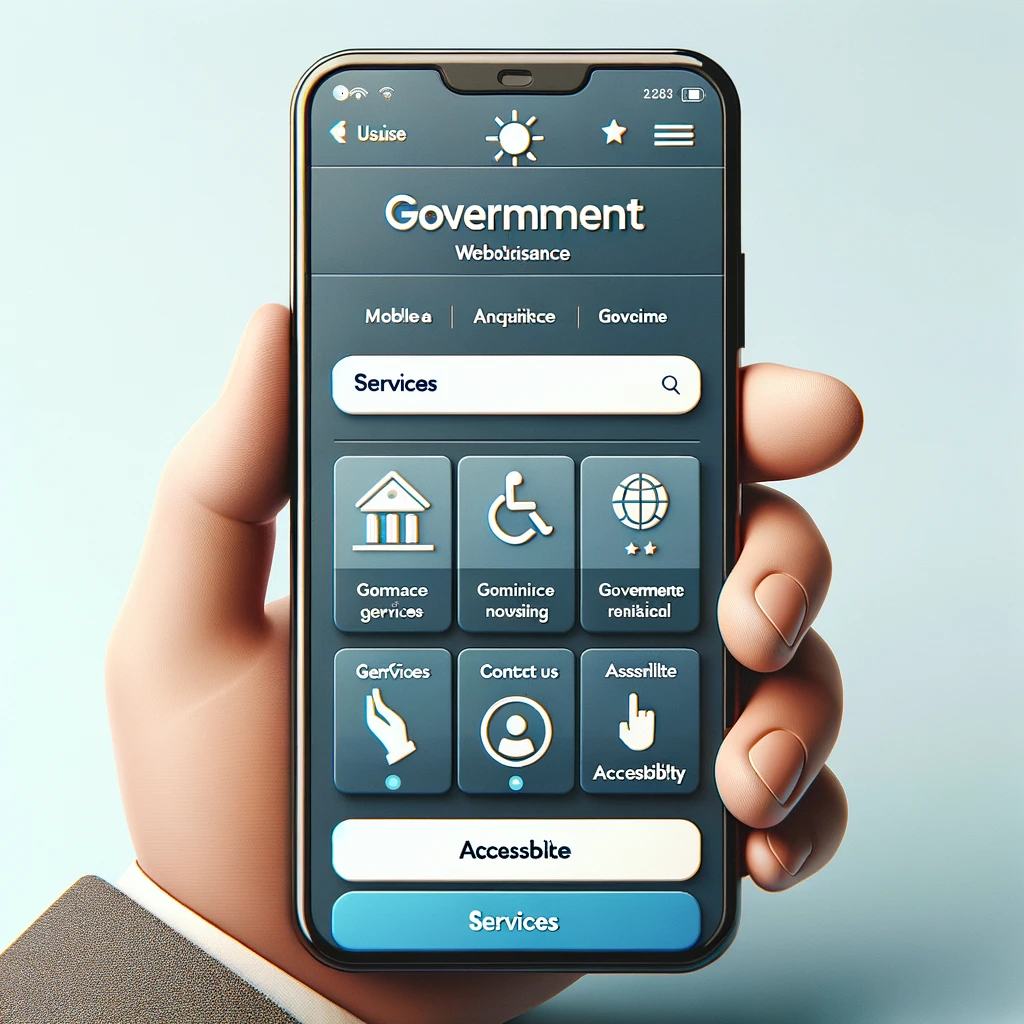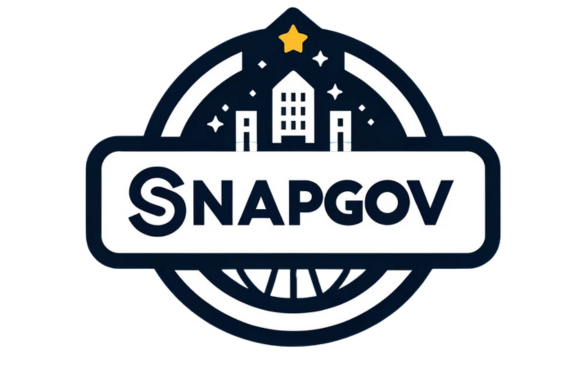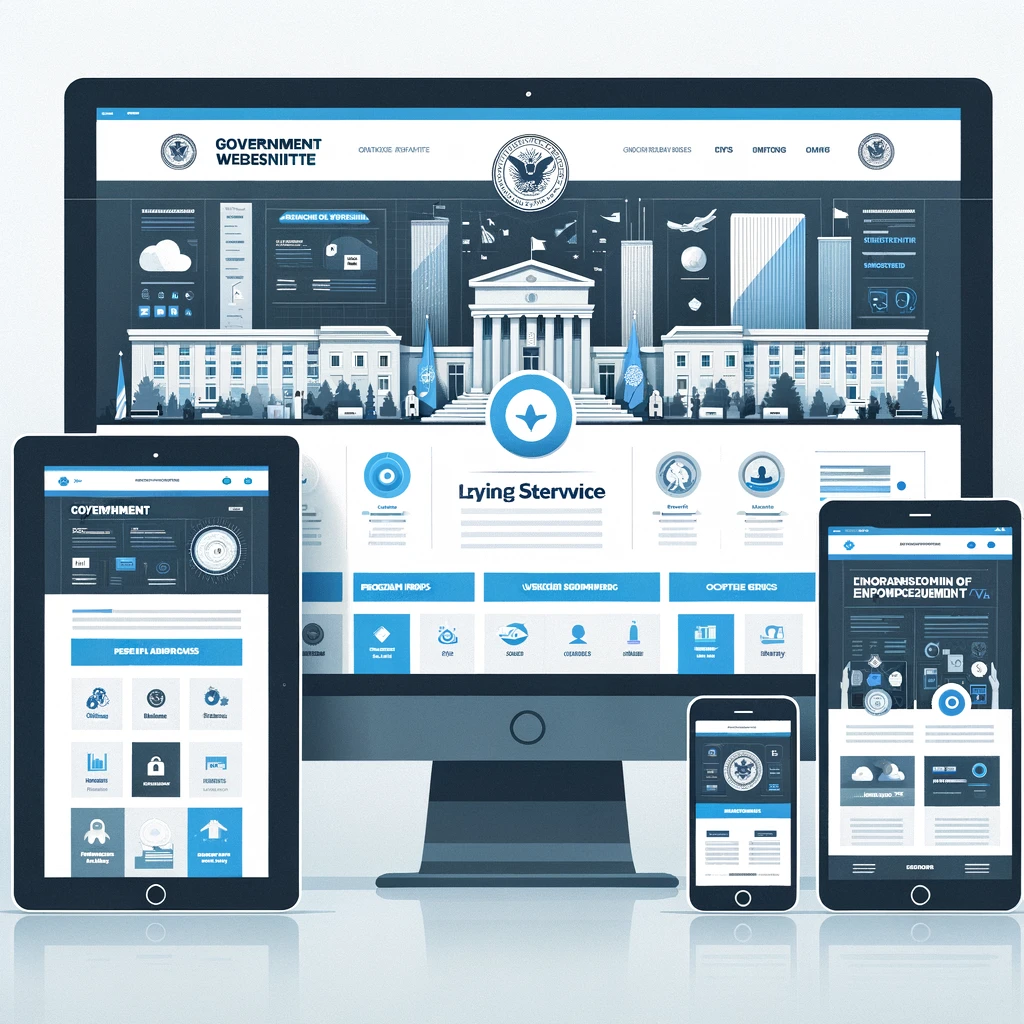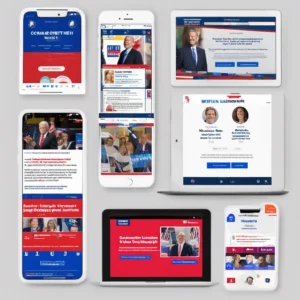A government website serves as the primary interface between the public sector and its citizens. It’s not just about having an online presence; it’s about making that presence work efficiently to meet the needs of its users. From accessibility and security to user-friendliness and up-to-date information, the components of a successful government website are multifaceted. Here, we delve into what makes a government website stand out and serve its purpose effectively.
User-Centered Design
At the heart of any effective government website is a user-centered design. This approach prioritizes the needs and behaviors of the site’s visitors, ensuring that information is easy to find and understand. Key elements include a logical navigation structure, clear and concise content, and a responsive design that adapts to various devices and screen sizes.
Navigation: A well-structured menu with intuitive categories and subcategories helps users find what they need quickly. For example, SnapGov.us’s government solutions emphasize streamlined navigation tailored to public sector requirements.
Content Clarity: Government websites must communicate complex information in an accessible manner. Using plain language and providing summaries for longer documents can enhance understanding.

Ensuring that a government website is accessible to all, including those with disabilities, is not just a best practice—it’s often a legal requirement. Adherence to Web Content Accessibility Guidelines (WCAG) and ensuring compatibility with assistive technologies are critical components.
- Accessibility Features: Text alternatives for non-text content, subtitles for videos, and easy keyboard navigation are examples of making a site more accessible. Tools and guidelines can be found on SnapGov.us’s accessibility resources.
Security and Privacy
Given the sensitive nature of many government interactions, security cannot be overstated. Implementing robust security measures, including encryption via HTTPS, regular security audits, and clear privacy policies, is essential.
- Data Protection: Ensure that personal information collected through the website is protected against unauthorized access. SnapGov.us’s security solutions offer insights into safeguarding digital assets and user data.
Regular Updates and Active Management
A government website must reflect the most current information and services. Regular updates and active management are crucial to maintaining its relevance and usefulness.
- Content Management Systems (CMS): Utilizing a CMS that allows for easy updates and content management can keep the site current. Discover how SnapGov.us’s CMS solutions cater to government websites.
Engaging Visuals and Interactivity
Incorporating visual elements and interactive features can enhance the user experience, making information more digestible and engaging.
- Infographics and Videos: These can break down complex information into more understandable formats. Tools for creating engaging content can be found at SnapGov.us’s design tools.
A government website is more than a digital presence; it’s a vital tool for engagement, information dissemination, and service delivery. By focusing on user-centered design, accessibility, security, and up-to-date content, governments can ensure their websites meet the needs of their constituents effectively.



